Key Takeaways
1. The Neutrino: A Ghost Particle Born from Desperate Remedy
"Of all the things that make the universe, the commonest and weirdest are neutrinos."
The neutrino's genesis. In 1930, Wolfgang Pauli proposed the existence of neutrinos as a "desperate remedy" to explain the apparent violation of energy conservation in beta decay. This hypothetical particle was so elusive that Pauli wagered it would never be detected.
Properties and prevalence:
- Nearly massless: At least 100,000 neutrinos balance a single electron
- Extremely abundant: More numerous than any other known particle
- Incredibly penetrating: Can pass through the Earth "like a bullet through a bank of fog"
- Three flavors: Electron, muon, and tau neutrinos
Detection breakthrough. It took 26 years until 1956 when Clyde Cowan and Fred Reines first detected neutrinos, using a nuclear reactor as a source. This discovery opened up a new field of particle physics and eventually led to the development of neutrino astronomy.
2. Ray Davis's Pioneering Solar Neutrino Experiment
"Ray Davis was the first person to look into the heart of a star."
A revolutionary idea. In the 1960s, Ray Davis embarked on a groundbreaking experiment to detect neutrinos from the Sun. This ambitious project aimed to test theories of solar fusion and provide the first direct observation of the Sun's core processes.
The Homestake experiment:
- Location: 1,400 meters underground in the Homestake gold mine, South Dakota
- Detector: 100,000 gallons of perchloroethylene (cleaning fluid)
- Method: Capture of solar neutrinos by chlorine atoms, producing radioactive argon
- Sensitivity: Capable of detecting just a handful of neutrinos per month
Challenges and perseverance. Davis faced numerous technical challenges and skepticism from the scientific community. His experiment required extreme precision and patience, as he had to extract and count individual atoms of argon from the massive tank. Despite initial setbacks, Davis's persistence over decades eventually led to groundbreaking results.
3. The Solar Neutrino Problem: A Three-Decade Mystery
"By 1968, two years after the experiment had begun, Davis was prepared to announce his first results: if he was seeing any solar neutrinos at all, the numbers were far too small."
A perplexing discrepancy. Davis's experiment consistently detected only about one-third of the neutrinos predicted by John Bahcall's solar model. This discrepancy, known as the solar neutrino problem, persisted for nearly three decades and challenged our understanding of both solar physics and neutrino behavior.
Possible explanations:
- Errors in the experiment or theoretical calculations
- Incomplete understanding of solar processes
- Unknown properties of neutrinos themselves
Impact on scientific community. The solar neutrino problem sparked intense debate and research efforts across multiple disciplines. It highlighted the importance of neutrinos in astrophysics and particle physics, driving technological advancements in neutrino detection and theoretical work on both solar models and neutrino physics.
4. Neutrino Flavors and Oscillations: A Paradigm Shift
"Bruno Pontecorvo was to show that the fact that there is more than one [neutrino flavor] plays a major part in the solar neutrino mystery."
Discovery of neutrino flavors. In 1962, experiments led by Leon Lederman, Melvin Schwartz, and Jack Steinberger proved the existence of a second type of neutrino (muon neutrino), distinct from the electron neutrino. This discovery hinted at a more complex neutrino physics than initially thought.
Pontecorvo's revolutionary idea:
- Neutrinos could change flavors (oscillate) as they travel
- Oscillations require neutrinos to have small, non-zero masses
- This concept could potentially explain the solar neutrino deficit
Implications for physics. The idea of neutrino oscillations challenged the Standard Model of particle physics, which assumed neutrinos were massless. It opened up new avenues for research and ultimately led to a paradigm shift in our understanding of these elusive particles.
5. SuperKamiokande and SNO: Resolving the Solar Neutrino Puzzle
"I feel like dancing, I'm so happy."
Advanced detectors. The Super-Kamiokande (SuperK) in Japan and the Sudbury Neutrino Observatory (SNO) in Canada represented a new generation of neutrino detectors, capable of real-time observation and flavor discrimination.
Key findings:
- SuperK: Detected a deficit in atmospheric muon neutrinos, providing strong evidence for neutrino oscillations
- SNO: Measured both electron neutrinos and the total flux of all neutrino flavors from the Sun
Resolution of the mystery. The combined results from SuperK and SNO conclusively showed that:
- The total number of neutrinos from the Sun matched theoretical predictions
- Neutrinos were changing flavors during their journey from the Sun to Earth
- Both Davis's experiment and Bahcall's solar model were correct
This resolution, announced in 2001, validated decades of work and opened new frontiers in neutrino physics and astrophysics.
6. Neutrino Astronomy: From Solar to Extragalactic Observations
"Neutrino astronomy had begun with the search for solar neutrinos and had become a quantitative science with the SuperK and SNO experiments."
Expanding horizons. The success of solar neutrino experiments paved the way for a broader field of neutrino astronomy, allowing scientists to study cosmic phenomena through the lens of these ghostly particles.
Milestone observations:
- 1987: Detection of neutrinos from Supernova 1987A, confirming theories of stellar collapse
- Ongoing: Studies of atmospheric neutrinos produced by cosmic ray interactions
- Future: Potential detection of high-energy cosmic neutrinos from distant galaxies and exotic sources
Neutrino telescopes:
- IceCube: Cubic-kilometer detector in Antarctic ice
- ANTARES and KM3NeT: Large-scale underwater detectors in the Mediterranean Sea
- Goals: Observe high-energy neutrinos from astrophysical sources, probe the early universe, and potentially discover new physics
7. The Future of Neutrino Physics: Mass, Oscillations, and Cosmology
"Why are there three flavours of neutrino? No one yet knows."
Ongoing questions. Despite significant progress, many fundamental questions about neutrinos remain unanswered, driving continued research and technological innovation.
Key areas of investigation:
- Precise measurement of neutrino masses
- Detailed understanding of oscillation parameters
- Potential CP violation in neutrino sector
- Role of neutrinos in cosmology and dark matter
Future experiments and goals:
- DUNE (Deep Underground Neutrino Experiment): Long-baseline neutrino oscillation studies
- KATRIN: Direct measurement of neutrino mass
- Neutrinoless double beta decay experiments: Probe neutrino nature (Majorana vs. Dirac)
- Continued development of larger, more sensitive detectors for astrophysical neutrinos
The study of neutrinos continues to be a frontier of particle physics, astrophysics, and cosmology, promising new insights into the fundamental nature of matter and the universe.
Last updated:
Review Summary
Neutrino by Frank Close is widely praised for its accessible and engaging exploration of neutrino physics. Readers appreciate Close's clear explanations, historical context, and compelling storytelling. The book covers the discovery, properties, and ongoing research of neutrinos, balancing scientific content with human interest. While some found certain sections repetitive or challenging, most reviewers recommend it for both beginners and those with scientific backgrounds. The book is commended for its lucid writing, comprehensive coverage, and ability to make complex concepts understandable to a general audience.
Similar Books
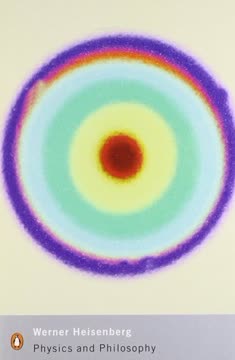


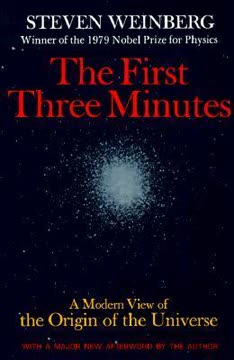

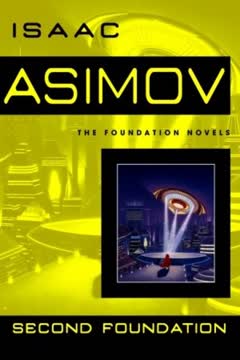
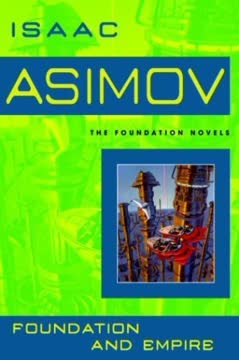

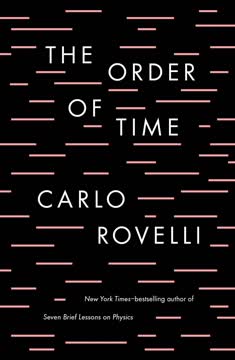

Download PDF
Download EPUB
.epub digital book format is ideal for reading ebooks on phones, tablets, and e-readers.





